New Zealand's rich cultural tapestry is woven with the vibrant and deeply spiritual traditions of the Māori people. As a journalist exploring this fascinating topic, it's essential to delve into the complexities of visiting sacred Māori sites with respect and safety. These sites are not merely tourist attractions but are significant spiritual and cultural landmarks that require a nuanced understanding to truly appreciate their importance.
The Importance of Respecting Māori Sacred Sites
Visiting Māori sacred sites, or wāhi tapu, is an opportunity to engage with New Zealand’s indigenous heritage. These sites hold immense spiritual significance, serving as places of worship, historical events, and ancestral connections. As New Zealand continues to grow as a tourism hub, with tourism contributing about 5.8% to the GDP (Stats NZ), understanding the importance of these sites becomes crucial not just for cultural preservation but also for fostering sustainable tourism practices.
Understanding the Cultural Context
Māori culture is deeply rooted in the principles of manaakitanga (hospitality) and kaitiakitanga (guardianship). When visiting these sacred sites, it is vital to engage with these values by respecting the protocols associated with each site. According to the Ministry of Business, Innovation, and Employment (MBIE), the cultural tourism sector in New Zealand is projected to grow by 4% annually, underscoring the importance of these cultural interactions.
How to Visit Safely and Respectfully
- Research and Preparation: Before visiting, research the history and cultural significance of the site. Understanding its importance can enhance your experience and ensure you approach it with the necessary respect.
- Engage with Local Guides: Hiring a local Māori guide can provide a deeper understanding of the site’s significance and ensure adherence to appropriate protocols.
- Respect Protocol: Each site may have specific customs, such as removing shoes or not taking photographs. Following these guidelines is crucial.
- Leave No Trace: Ensure that you leave the site as you found it, preserving its natural and cultural integrity for future generations.
Case Study: Te Puia, Rotorua
Te Puia, located in Rotorua, serves as a prime example of how cultural tourism can be conducted responsibly. Managed by the New Zealand Māori Arts and Crafts Institute, Te Puia offers guided tours that educate visitors on both the geothermal wonders and the rich Māori heritage. By integrating cultural education into the tourism experience, visitors leave with a deeper respect and understanding of Māori culture.
Data-Driven Insights on Māori Tourism
Recent statistics from Stats NZ highlight that international visitors who partake in cultural experiences, including visits to sacred sites, tend to spend 30% more than those who do not. This indicates a growing interest in cultural tourism, which, if managed correctly, can provide significant economic benefits while preserving cultural heritage.
Comparative Analysis: Global Examples
Globally, countries like Peru have set precedents in managing cultural sites such as Machu Picchu. By limiting visitor numbers and enforcing strict guidelines, Peru has managed to preserve its cultural heritage while boosting its tourism industry. New Zealand can draw lessons from such examples to balance tourism growth with cultural preservation.
Pros and Cons of Cultural Tourism
While cultural tourism offers economic benefits and cultural exchange opportunities, it also poses challenges, such as the risk of cultural commodification and environmental degradation. New Zealand’s tourism policies need to address these challenges by emphasizing sustainable practices and community involvement.
Debunking Common Myths
- Myth: Sacred sites are open to the public without restrictions. Reality: Many sites require permission from local iwi (tribes) or have restricted access to protect their sanctity.
- Myth: All Māori welcome visitors to sacred sites. Reality: Protocols vary, and some sites may not be open to non-Māori visitors.
- Myth: Visiting sacred sites is only about sightseeing. Reality: It is an immersive cultural experience that requires understanding and respect.
Future Trends in Māori Tourism
The future of cultural tourism in New Zealand lies in integrating technology with tradition. Virtual reality tours and augmented reality applications can provide educational experiences that respect the sanctity of these sites while reaching a broader audience. According to a report by NZTech, digital innovations in tourism are expected to grow by 20% annually, offering new ways to engage with cultural heritage.
Conclusion
Visiting New Zealand’s sacred Māori sites offers a unique opportunity to connect with the country’s rich cultural heritage. As the tourism industry evolves, it is crucial to prioritize respect, sustainability, and education. By doing so, we can ensure that these sacred sites remain preserved for future generations, allowing for meaningful cultural exchanges that benefit both visitors and Māori communities.
What’s your experience with cultural tourism in New Zealand? Share your insights and stories below!
People Also Ask (FAQ)
- How does cultural tourism impact New Zealand?
Cultural tourism enhances visitor engagement and boosts local economies. Stats NZ reports that tourists engaging in cultural experiences spend 30% more, benefiting local communities.
- What are the biggest misconceptions about visiting Māori sites?
Many believe sacred sites are always open to the public, but access often requires permission from local iwi, preserving cultural integrity.
- What are the best practices for visiting Māori sacred sites?
Engage local guides, respect site-specific protocols, and leave no trace to ensure a respectful and enriching visit.
Related Search Queries
- Respecting Māori culture in New Zealand
- Sustainable tourism practices in New Zealand
- Guided tours of Māori sacred sites
- Understanding Māori protocols for visitors
- Māori cultural tourism benefits






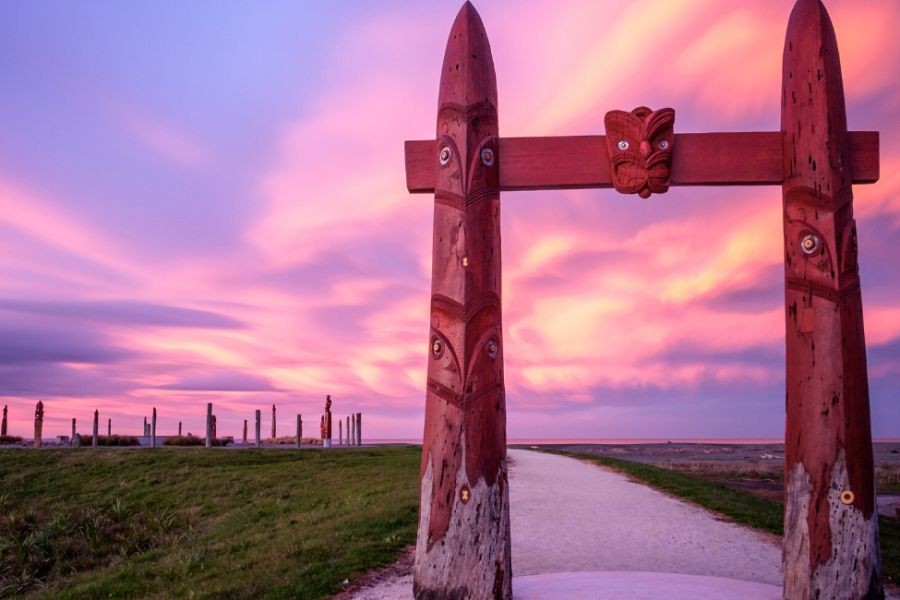










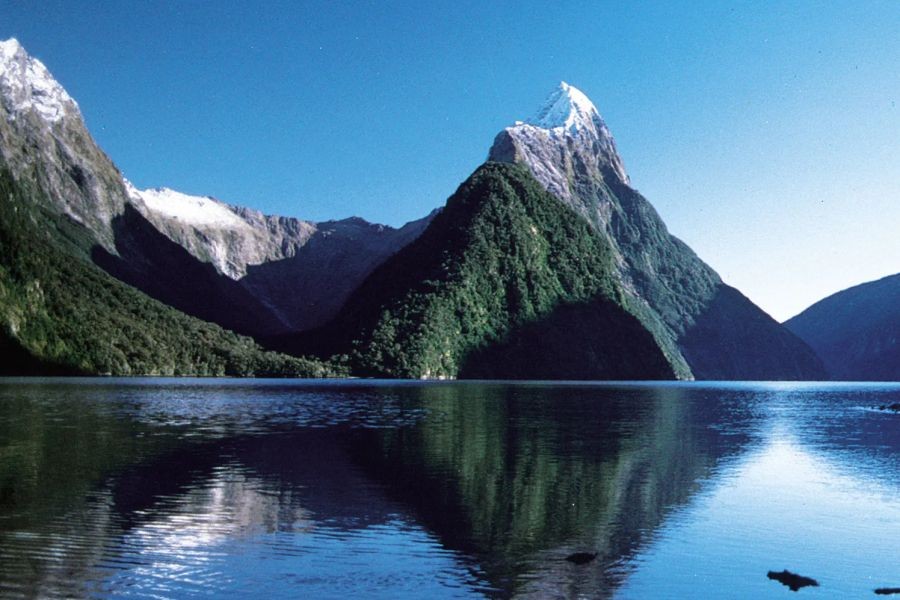

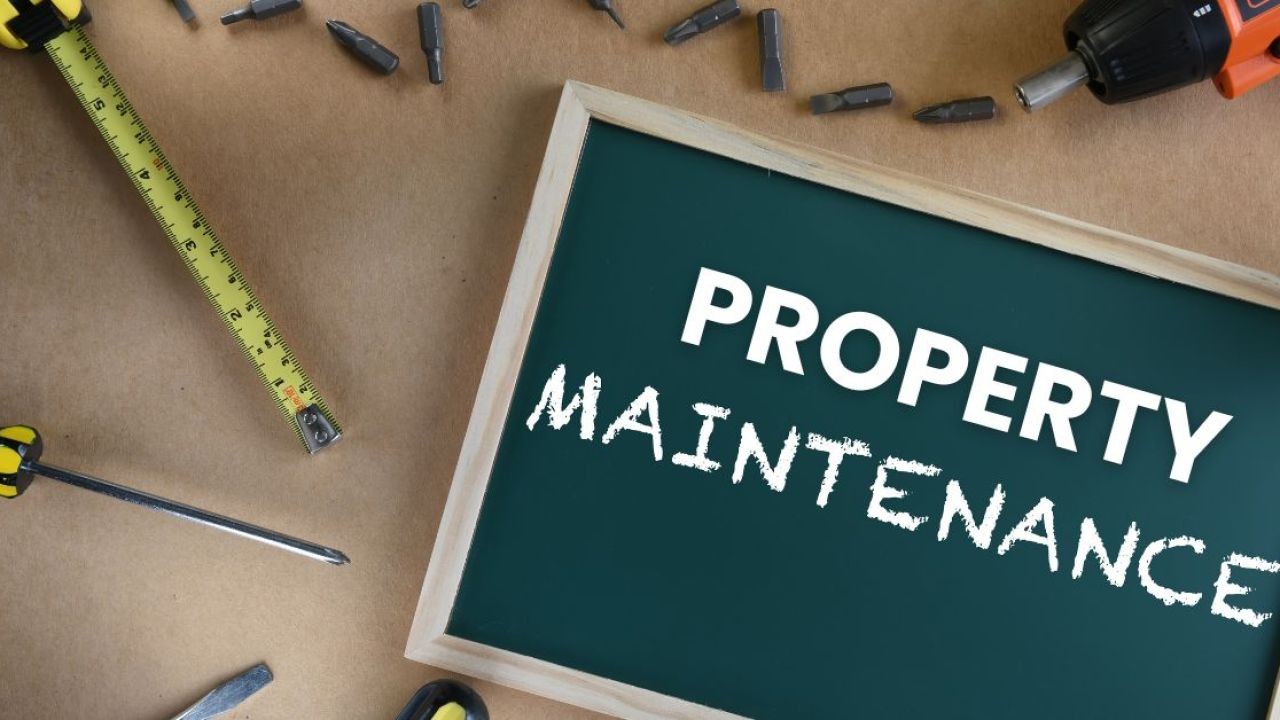


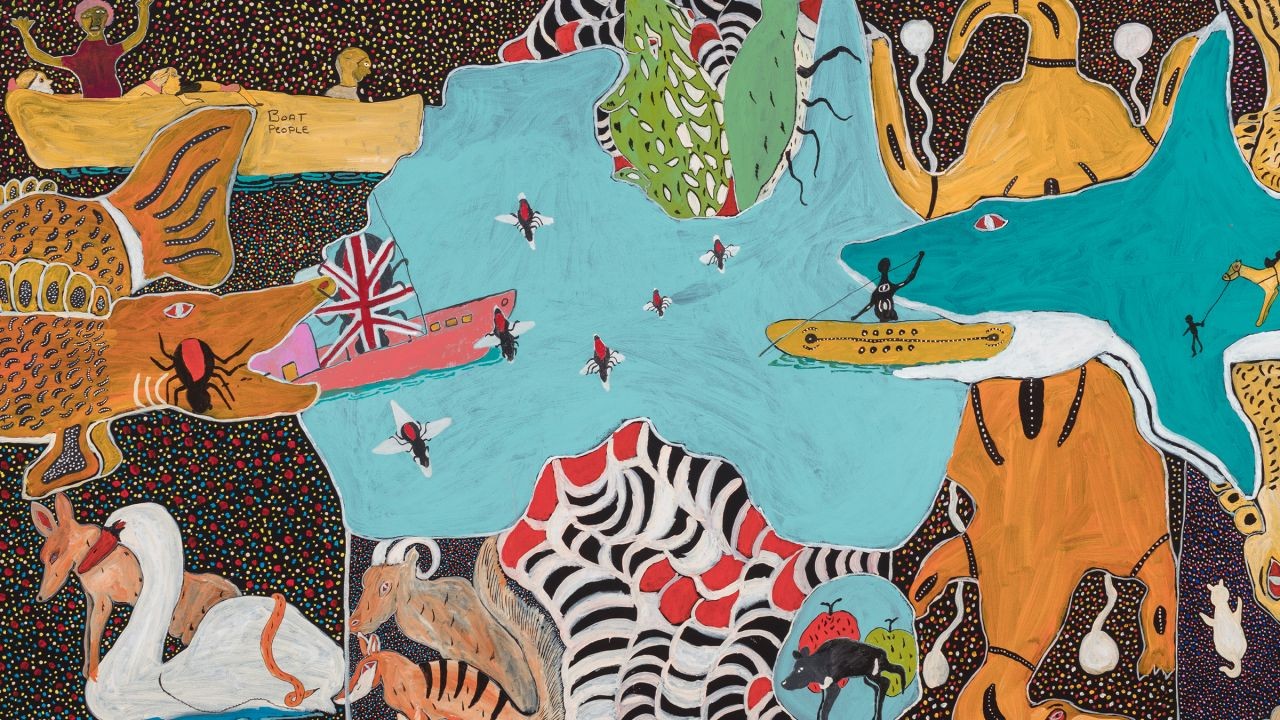


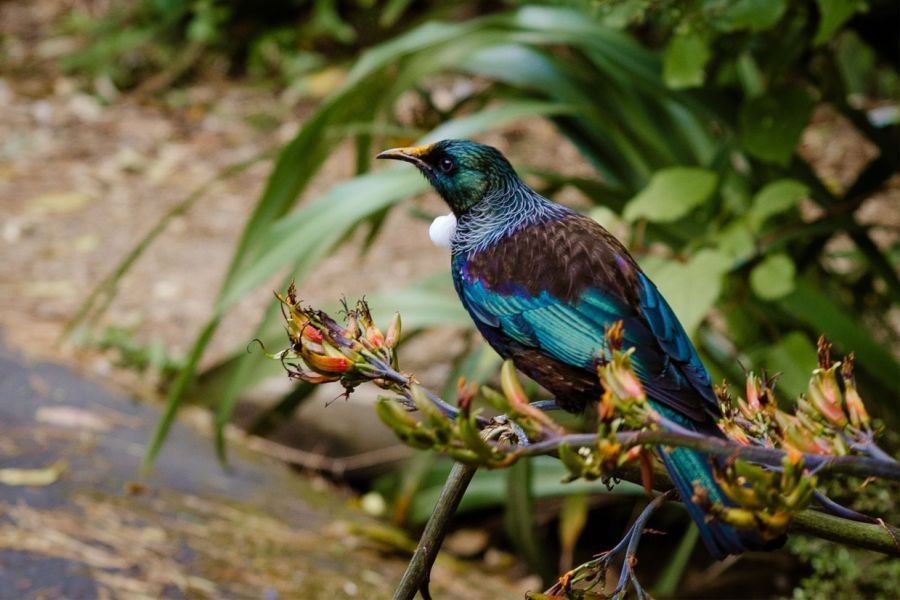

alwayshired
9 months ago